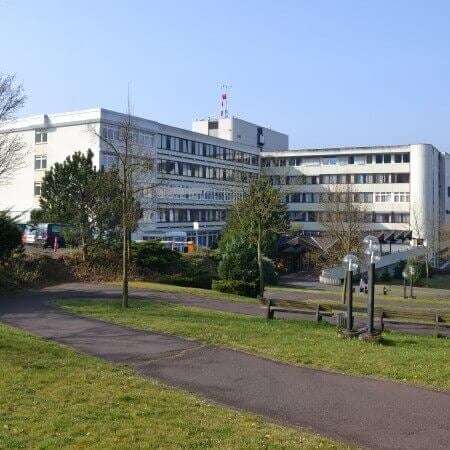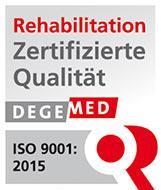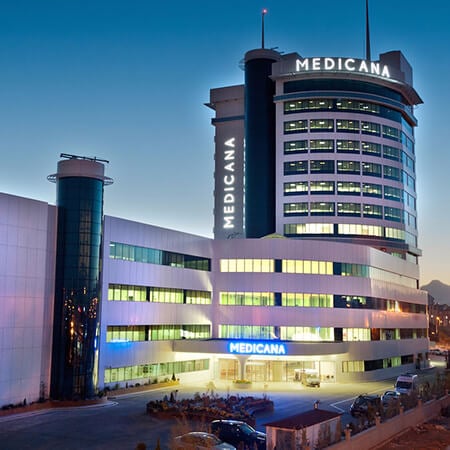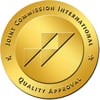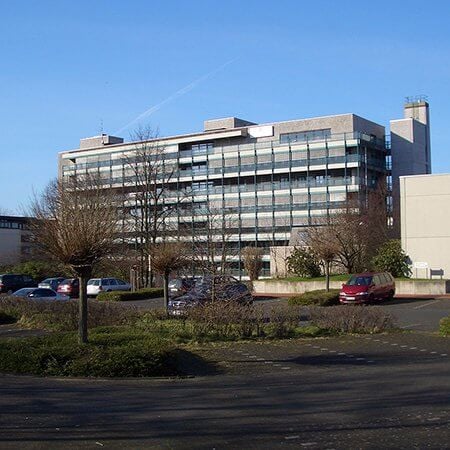About the disease
First thing you need to know about scoliosis is that it is a disease, when spine accumulates sideways curve over time. Curve is usually S or C shaped and it is three-dimensional. Scoliosis in Greek means bending and wavering. In most cases condition is stable and spine preserves its position for a long time, while in some cases it may gradually worsen and bend to some degree. Scoliosis does not cause serious health problems with only severe cases causing some breathing difficulties. Usually patient does not feel pain or any unpleasant sensations when being diagnosed with scoliosis for the first time. Scoliosis is usually diagnosed during simple medical examination or during X-Ray. According to Spine-Health.com, there are such types of this disease as idiopathic and degenerative scoliosis. The first type develops in 2% of world population.
If the range of the curve is bigger than 45-50 degrees and risk of disease progression is more than 50%, surgery is advised. Surgery is required if the breathing is difficult and pain appears in sitting or lying.
People who have genetic predisposition are more likely to get scoliosis. It may also be a result of environmental influence. Diseases that can cause scoliosis are:
- Neurofibromatosis
- Muscles spasms
- Marfan syndrome
Marfan syndrome is genetic disorder of connective tissue. People with Marfan have abnormal height and weight. They are extremely tall and thin, as a result spine becomes curved and patients develop scoliosis. There are two types of scoliosis: idiopathic and secondary. Idiopathic scoliosis is an inborn disease and secondary scoliosis is accumulated during the lifetime when people lead a sedentary lifestyle or when they experience other spinal problems.
Symptoms
- Pain in the back, neck and shoulders
- Spine becomes less flexible
- If the pelvis of female patient is tilted upwards or sidewards because of the scoliosis, she can have painful menstrual cycle
- Constipation due to tightness of inner organs in pelvis
- Pinching in legs
- Underdeveloped muscles on one side of the body due to scoliosis developed in childhood
- Ribs are pushed forward
- Calcium deficiency, which affects overall health of the patient, results in thin hair and nails.
Diagnosis
Diagnosis is in most cases conducted by orthoptist during usual physical examination. X-Ray helps evaluate extent of scoliosis.
Treatment
Scoliosis treatment depends on the stage of the disease. If the person`s condition is fine, the doctors just observe the patient and recommend such treatment measures as massage, physical exercises and swimming. In severe cases surgery or bracing are required. Surgery or bracing are applied if there is big risk of disease progression and risk that spinal curvature can affect heart and lungs. Braces are usually used for children, since their spine is still developing and doctors can fix it without surgical intervention. It gives best results if diagnosis was made early. If scoliosis is affecting any nerve endings causing pain, patient is prescribed pain relievers.
Only the spinal surgeon can perform scoliosis surgery. It is almost impossible to make the spine completely straight, but in most cases patient experiences considerable improvement. During the surgery doctor makes an incision close to the chest wall.
- Dorsal spondylodesis is implantation of hook plate into cervical spine. It is used in order to repair spine.
- Ventral spondylodesis is fixation of the spine by anterior fixation and compression of herniated discs if they develop.
- Combined (dorsal and ventral) spondylodesis uses these two methods to diminish the extent of scoliosis.
- Bracing can help if spine curvature is no more than 40 degrees. Braces can fix the spine and also relieve the pain. Usual bracing covers whole torso of the patient including lower back. In severe cases it can also cover neck which results in limitation of head and this causes considerable inconvenience. The most well-known bracing is the Boston type, which must be worn for at least 20 hours per day to have a visible effect. Success of the treatment is completely proportional to patience and compliance of the patient. To find the right type of bracing, the patient usually goes to the orthoptist, who can find the shape which would support and straighten the spine.
If spine is too close to the heart, then the doctor needs to find the type of bracing, which would not affect heart or lungs in any way and which would let person move freely in his everyday life. Generally there are plastic braces, which are more moderate, and rigid braces, which looks like a shell as it covers armpits, back and also part of the hips. Usually the braces are worn for an average 3-6 months. If the patient is very uncomfortable wearing them all the time, he can take a 3-4 day rest, but after that he should wear braces at all times apart from showering and other bathing procedures. If the condition is moderate, there are some types of bracing, which should be worn only at night, which is another alternative. The only drawback of such bracing is that they do not cover and support all curvatures and the back does not get strengthened during the person's movements, thus posture does not improve considerably.
Another treatment option is physical therapy. Physical therapy usually includes massage, exercises in the gym, yoga classes and general devices constructed to improve the breathing and to make the posture look more straight. It was not proved that scoliosis physical therapy has considerable effect on the spine, but in moderate cases it can help person feel better and look better. Physical therapy also includes acupuncture, when the patient gets the needle stimulation of his nerve endings. Acupuncture can be very helpful not only in case of scoliosis, but also if the person has any kind of troubles with nerve endings. It is believed that acupuncture creates the energy between the nerve endings and cells that connects them and stimulates the blood circulation. It also can relieve pain.
Authors: Dr. Vadim Zhiliuk, Dr. Sergey Pashchenko
